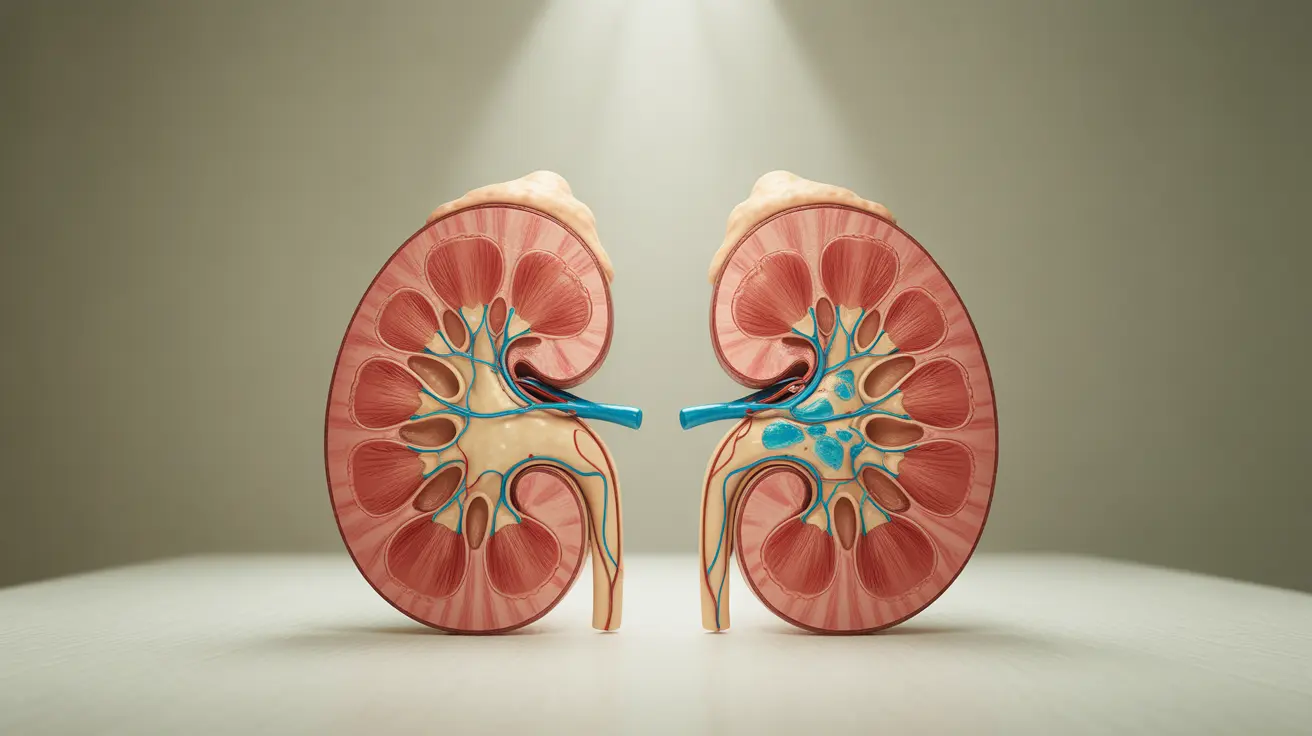Medial compartment knee osteoarthritis affects the inner portion of your knee joint, often causing significant pain and limiting mobility. This common form of knee arthritis develops when the cartilage in the medial (inner) compartment of the knee deteriorates over time, leading to bone-on-bone contact and inflammation.
Understanding this condition is crucial for early intervention and proper management. Let's explore the symptoms, causes, and various treatment options available to help you maintain your quality of life while dealing with medial compartment knee osteoarthritis.
Understanding the Medial Compartment of the Knee
The knee joint consists of three main compartments: medial (inner), lateral (outer), and patellofemoral (behind the kneecap). The medial compartment bears the majority of your body weight during normal walking and standing, making it particularly susceptible to wear and tear over time.
Common Symptoms and Signs
When osteoarthritis develops in the medial compartment of the knee, several characteristic symptoms may appear:
- Pain concentrated on the inner side of the knee
- Stiffness, especially in the morning or after sitting for long periods
- Swelling around the knee joint
- A feeling of instability or "giving way"
- Reduced range of motion
- Difficulty with walking, climbing stairs, or getting up from seated positions
Risk Factors and Causes
Several factors contribute to the development of medial compartment knee osteoarthritis:
- Age-related wear and tear
- Previous knee injuries or trauma
- Being overweight or obese
- Genetic predisposition
- Bow-legged alignment (varus deformity)
- Occupations requiring frequent kneeling or heavy lifting
Treatment Options and Management Strategies
Conservative Treatments
Initial treatment typically focuses on non-surgical approaches:
- Physical therapy and targeted exercises
- Weight management programs
- Activity modification
- Pain-relieving medications
- Supportive devices (braces, walking aids)
- Hot and cold therapy
Medical Interventions
When conservative treatments prove insufficient, medical professionals may recommend:
- Corticosteroid injections
- Viscosupplementation
- Platelet-rich plasma (PRP) therapy
- Stem cell treatments
- Knee realignment surgery (osteotomy)
- Partial or total knee replacement
Lifestyle Modifications and Prevention
Making certain lifestyle changes can help manage symptoms and slow disease progression:
- Maintaining a healthy weight
- Engaging in low-impact exercises
- Wearing appropriate footwear
- Avoiding activities that aggravate symptoms
- Following a balanced, anti-inflammatory diet
Frequently Asked Questions
What are the symptoms of medial compartment osteoarthritis in the knee?
The primary symptoms include pain on the inner side of the knee, morning stiffness, swelling, reduced range of motion, and difficulty with weight-bearing activities. These symptoms typically worsen with activity and improve with rest.
How is osteoarthritis of the medial compartment of the knee treated or managed?
Treatment typically involves a combination of conservative measures (physical therapy, weight management, activity modification) and medical interventions (medications, injections). In severe cases, surgical options like knee replacement may be necessary.
What causes pain in the inner part of the knee, and why is the medial compartment more prone to arthritis?
The medial compartment bears more weight during normal activities and is subjected to greater forces than other parts of the knee. This increased stress, combined with factors like age, weight, and alignment issues, makes it more susceptible to osteoarthritic changes.
Can losing weight help reduce symptoms of medial compartment knee osteoarthritis?
Yes, weight loss can significantly reduce symptoms by decreasing the load on the knee joint. Even a modest weight reduction of 5-10% can lead to meaningful improvements in pain and function.
What are the differences between medial, lateral, and patellofemoral knee osteoarthritis?
Medial compartment osteoarthritis affects the inner knee, lateral compartment affects the outer knee, and patellofemoral arthritis affects the area behind the kneecap. Each type can present with slightly different symptoms and may require specific treatment approaches.




